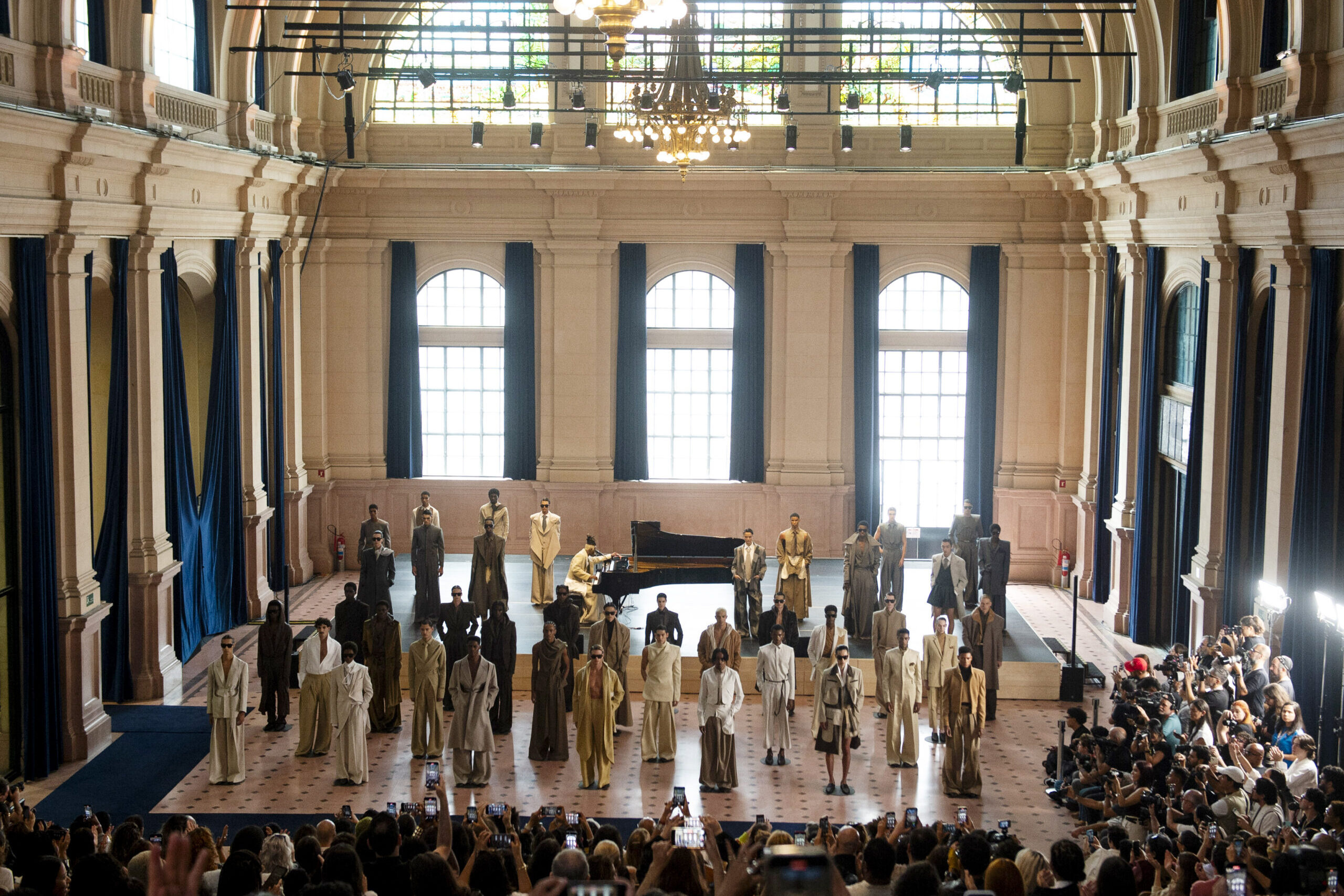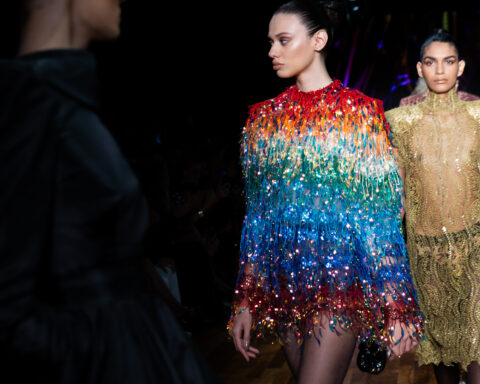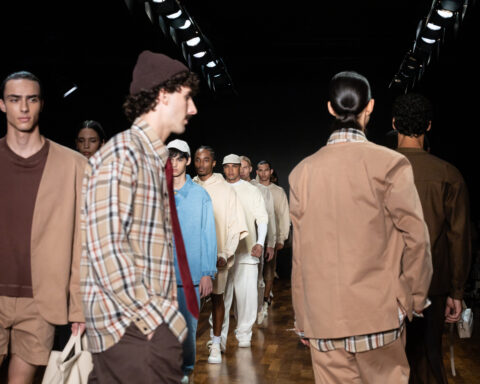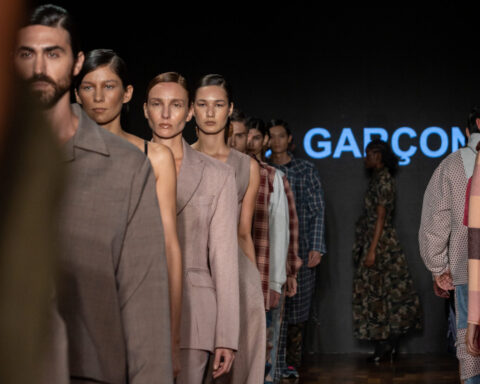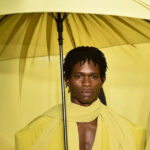The fifth day of São Paulo Fashion Week offered the audience one of the most memorable moments of this edition. At the Estação das Artes, in the Complexo Júlio Prestes, João Pimenta captivated the crowd with a show that combined impeccable technique, emotion, and innovation.
Without adhering to specific narratives, the designer chose to explore the essence of garment construction, turning his focus to tailoring — his domain of expertise. For the first time, João ventured into the technique of moulage, creating pieces directly on the mannequin, instead of using the traditional flat pattern-making that characterizes classic tailoring. The result was a collection that experimented with new drapes and forms, challenging the conventional.
Blazers appeared worn sideways, like one-shoulder jackets, and the backs of the garments took center stage, with fabric overlays and drapery flowing from the nape to the hips. Boldness also revealed itself in exposed internal details: pockets and structures that are usually hidden were showcased as design elements, embracing the idea that the quality of a garment can be recognized from the inside out.
The experimentation didn’t stop there. João presented coats with hoods and boldly constructed pants, as well as shirts transformed into jumpsuits through lateral extensions that crossed at the waist. In all these designs, the dialogue between construction and deconstruction was constant — a skill only a true master of tailoring could execute with such mastery.
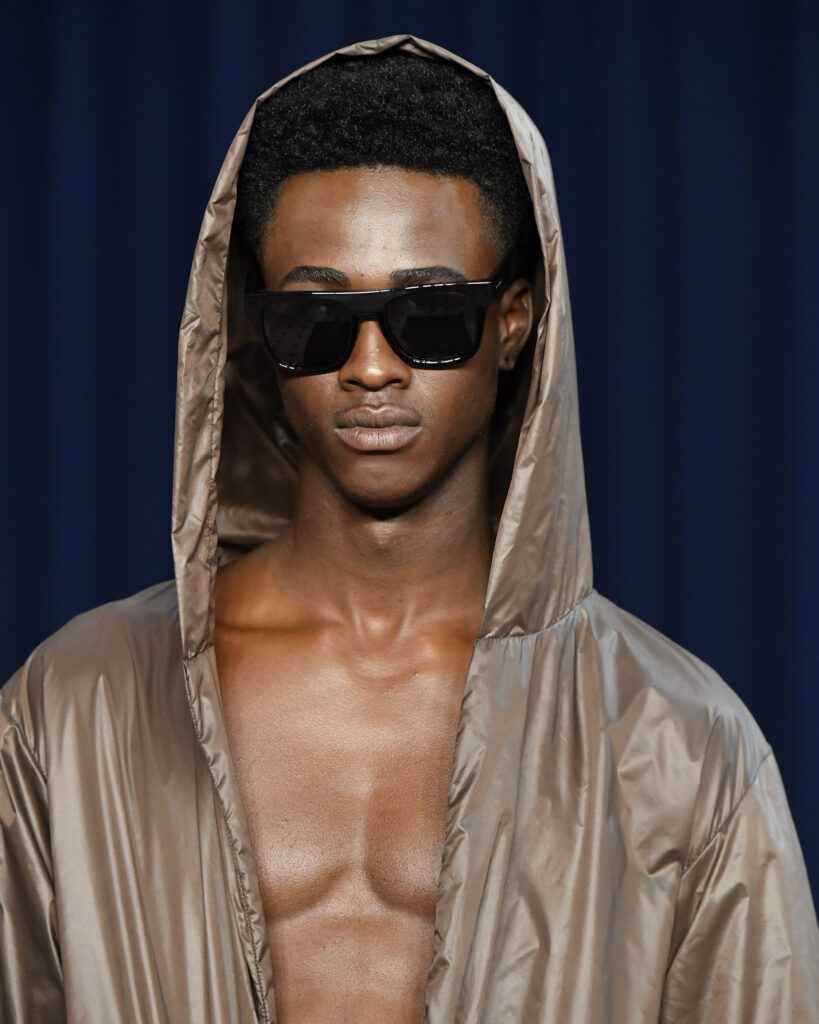
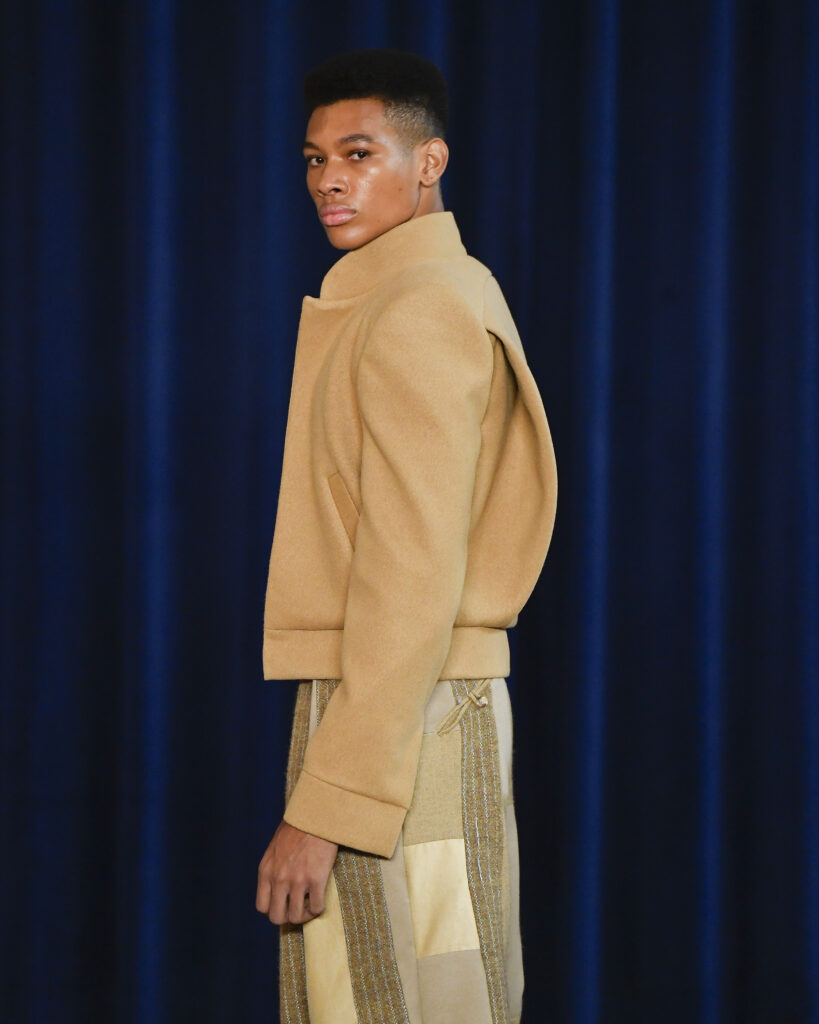
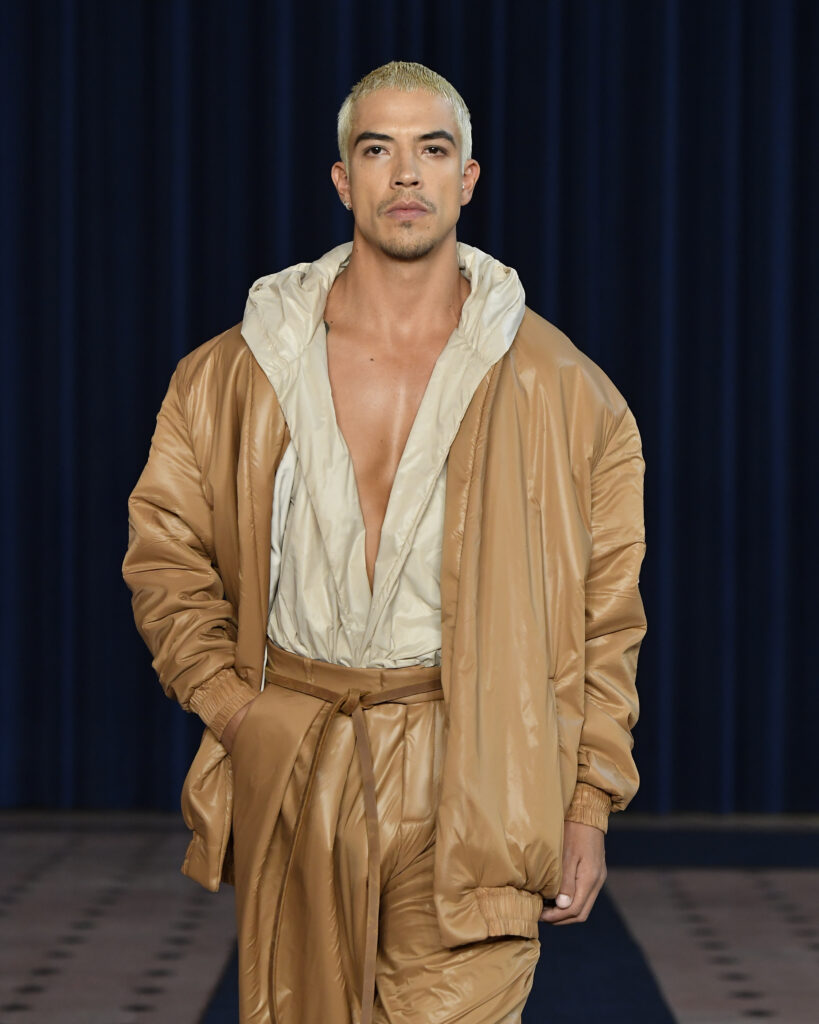
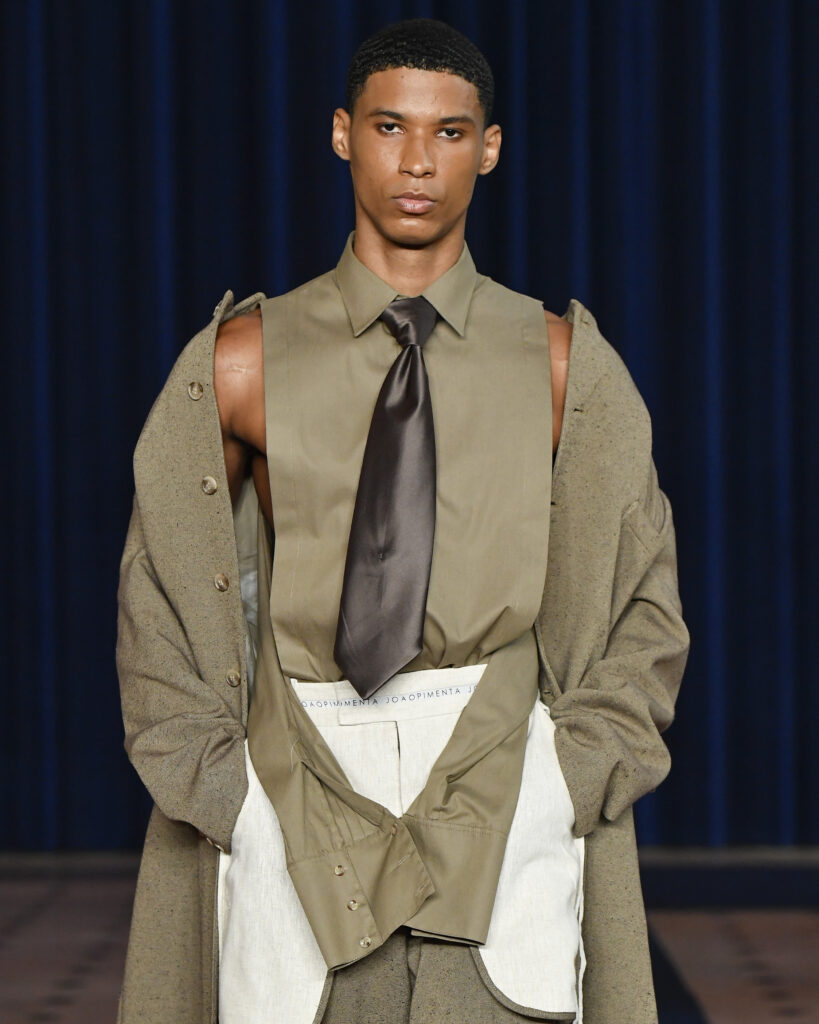
The runway show was accompanied by a live soundtrack from pianist Jonathan Ferr, whose blend of jazz, neo-soul, and Brazilian urban rhythms brought even more emotion to the presentation. Models walked among the guests and, at the end, positioned themselves in front of the stage, where João Pimenta was given a standing ovation, alongside model Barbara Fialho. In an era saturated with stimuli, João Pimenta showed that a runway show can still move an audience deeply when art, technique, and sensitivity come together. His presentation at the Estação das Artes not only celebrated the excellence of craftsmanship but also reaffirmed his position as one of the leading names in contemporary Brazilian fashion — a moment destined to go down in SPFW history.
